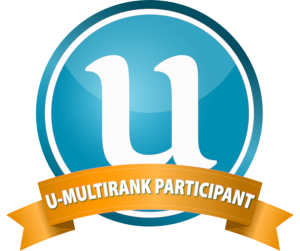Acrobatics Basics and Didactics (LSPA_003)
About Study Course
Learning outcomes
1.1. History and development of acrobatics in Latvia and worldwide.
2. Methodology for teaching acrobatics (training exercises, applied exercises for all levels of education, posture exercises) (teaching methods, study aids, forms of organisation of sports classes).
3. Formative, summative assessment and self-assessment in learning gymnastic exercises.
1.4. To prepare and demonstrate combinations with acrobatic elements. To provide assistance and protection.
5. Knows and is able to assess the situation, explains the importance of posture exercises in terms of health.
6. To demonstrate and teach relevant acrobatic techniques (rolls, somersaults, handsprings, stands, pair and group exercises, pyramids).
7. To demonstrate and use skills to effectively combine learning principles, methods and means by organising the learning process at all levels of education.
1.8. Uses fact-based, theoretical knowledge and knowledge of patterns in an integrated way, purposefully and critically selects and uses different methods, technologies and teaching methodological materials in the study process for the needs of students and according to the learning outcomes.
9. Able to creatively organise a study environment appropriate for the objective and tasks of studies, choose study aids in learning acrobatic elements by integrating health and safety content, other subject areas, transversal skills and values.
10. Able to justify the role of feedback, formative and summative assessment in achieving the objective and outcome of studies.
11. Able to identify security hazards and risks in different environments and situations, take preventive safety measures, choosing the most appropriate problem-solving strategies.
Study course planning
| Study programme | Study semester | Program level | Study course category | Lecturers | Schedule |
|---|---|---|---|---|---|
| Sports science | 2 | Bachelor | Required | Leonīds Žilinskis, Leonīds Žilinskis, Einars Pimenovs, Svetlana Aņisimova, Einars Pimenovs, Leonīds Žilinskis, Leonīds Žilinskis, Svetlana Aņisimova | |
| Sports science | 2 | Bachelor | Required | Leonīds Žilinskis, Leonīds Žilinskis, Einars Pimenovs, Svetlana Aņisimova, Einars Pimenovs, Leonīds Žilinskis, Leonīds Žilinskis, Svetlana Aņisimova |



